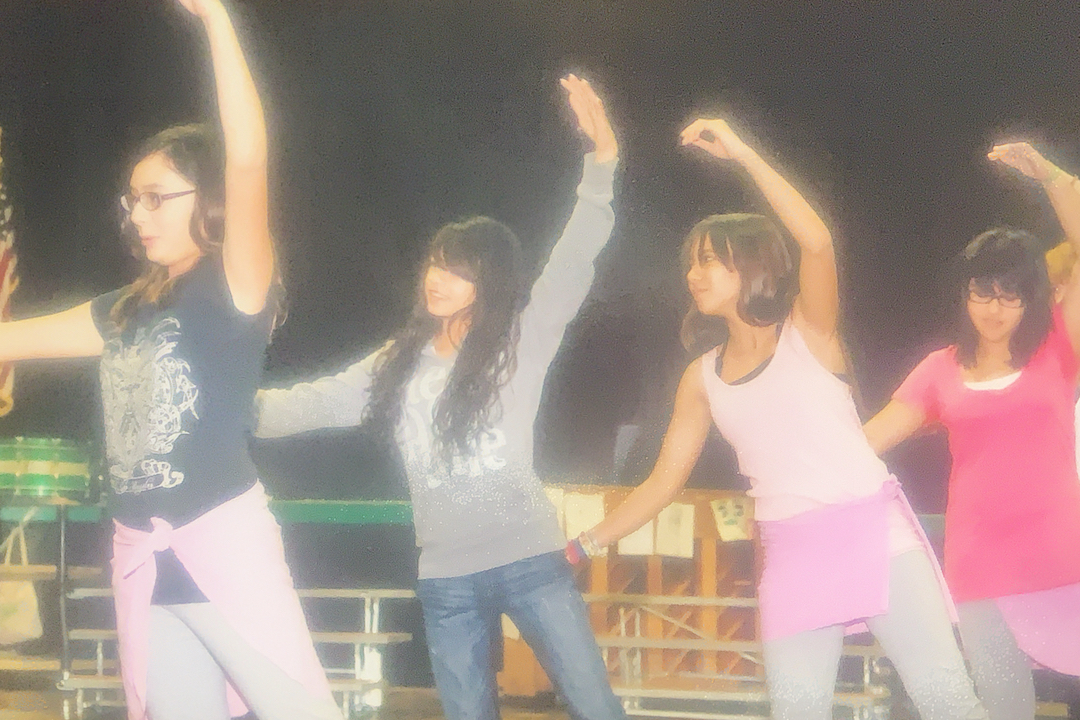Welcome to the new school year! Your classroom is beautifully arranged. You have plans set for the entire first quarter. On the first day, everyone in your Beginning Dance class is well-behaved. Your first week with new students is quite calm, then things start to show signs of changing. If you give ’em an inch, they’ll take a mile. Turn your stopwatch on for changing time in the locker rooms or the interval will quickly expand from 3 minutes to 6 minutes. Establish and rehearse procedures, or written work will be everywhere except the designated assignment trays; they will be scattered in kids’ backpacks, inside their journals, and on the floor. This is not what you are used to confronting in a private dance studio where, depending on the day, most kids are already convinced that learning dance is a great idea. In a public school dance program, you cannot take that for granted. There’s a little bit more convincing involved, and you are accountable for documenting how and how much your students are learning.
The rate of misbehavior can get infinitely worse or remarkably better depending on how you handle the start of every new term. The beginning of the year is the most effective time to establish protocol for students. Maybe it’s your first year teaching and it’s not part of your personality to be bossy and domineering. Get past that idea as fast as you can. Your invitation to be nice comes after you lay down the law. Remember, your time to set up expectations is limited. Stick to your guns and don’t apply the rules differently to different students. Ask students questions about their choices. Show them your on their side and want them to be successful. Develop empathy for each and every student we serve. We must meet our students on their path wherever they may happen to be in their lives. Some have learned strategies like arguing until they get the last word. Conflicts will arise unless you engender a space where mutual care and respect are the norm.
Not only should you have rules and consequences posted on the walls and on your course syllabus, but you should also have templates of individual behavior contracts, multiple incentive systems, and alternative assignments ready to go. The absolute last resort is to write an administrative referral for a student and send her to the office when a discipline issue arises. Principals appreciate teachers who can handle situations at the classroom level. They would really rather honor students for special contributions such as winning the county spelling bee. In one week, a principal may be contacting the police to deal with an adolescent firestarter, enlisting facilities staff to remove graffitti, or attending long-term suspension hearings. Not that teachers’ jobs are a walk in the park, but administrators need to monitor the entire student body and everything that takes place on campus. Don’t send a student if you can avoid it. Handle disciplinary issues in-house.
If acute discipline situations must be addressed through involvement of your school administration, make sure you have documented measures you have taken to support the student to make better choices. Also, make sure you understand how to fill out the forms. Of course, it’s highly recommended that every teacher contact families and caretakers before things reach this stage. I like to catch students being good in the beginning of the term and call home with something positive to say. When you need to call home about misbehavior, enlist the parent’s help and ask for their insight. Give students a fresh start each day you see them. Get acquainted with them as individuals. Misunderstandings often arise simply because teens and adults process information differently.
In addition to brain-compatible learning strategies, which address students’ various strengths and preferences, there are brain-compatible discipline strategies. These strategies are based on biological factors rather than power dynamics between teachers and students. Employing them helps teachers to make discipline measures that are preventative rather than corrective. Before a student makes a major mistake, he learns to monitor himself and recognizes potential rewards for making better choices. This conception of learning and teaching is based on what modern scientists have learned about the brain. It is now deemed educational neuroscience. Here are some helpful, web-based resources to learn more.
Classroom Management article by Gene Van Tassell
Introduction to Brain Compatible Learning by Eric Jensen
Teach Like A Champion: The 49 Techniques That Put Students on the Path to College by Doug Lemov
Frontline : Inside the Teenage Brain
